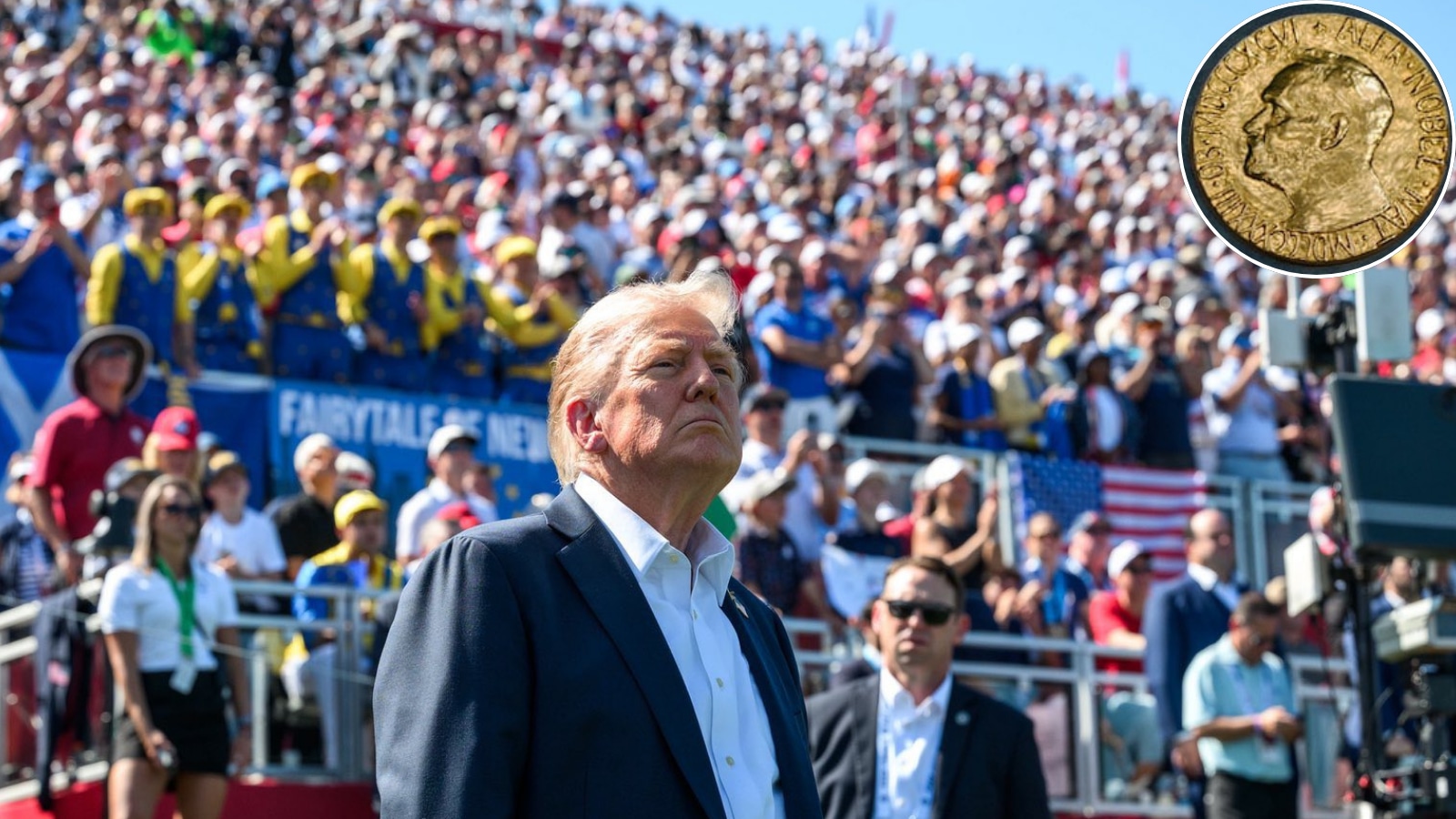Trump's Shocking 100% Tariff Threat: Trade War Escalation with China?

In a bold and shocking move, President Donald Trump has announced an additional 100% tariff on Chinese goods, escalating an already tense trade war that could reshape global economic landscapes. This declaration came just hours after he hinted at canceling a crucial meeting with Chinese President Xi Jinping, underscoring the deteriorating relationship between the world’s two largest economies.
Trump took to social media, revealing that China had sent a hostile letter to global leaders, threatening to impose large-scale export controls on nearly every product starting November 1, 2025. He stated, “It has just been learned that China has taken an extraordinarily aggressive position on Trade…” This bold claim sets the stage for a potential economic showdown that could disrupt international markets and relationships.
The implications of these tariffs are staggering. If enacted, import taxes on many Chinese products would surge to an alarming 130%, just below the previous high of 145% before a temporary truce was reached earlier this year. This escalation has already sent shockwaves through the stock market, leading to the worst selloff in six months, with the S&P 500 dropping 2.7% – its most significant decline since April.
The stakes have never been higher as both nations prepare for a potential summit. Experts are concerned that these aggressive tactics from both sides may be attempts to gain leverage ahead of negotiations. Wendy Cutler, a former trade negotiator, pointed out, “This back and forth indicates the fragility of the bilateral relationship.” As companies scramble to navigate this unpredictable trade environment, the looming threats of even more tariffs and export restrictions create an atmosphere of uncertainty.
Trump's proposed measures also extend to export restrictions on technology, specifically mentioning airplanes and their parts. Such actions would significantly impact U.S. businesses, especially in light of recent attempts by the Chinese government to impose new port fees and launch antitrust investigations against U.S. firms like Qualcomm.
While Trump has suggested he might reconsider these tariffs if China backs down on its threatened restrictions, the reality is that tensions are at a boiling point. The potential for a productive dialogue with Xi is clouded by uncertainty, with so many key issues still on the table. These range from tariffs and the flow of rare earth minerals essential for technology production to trade negotiations surrounding U.S. agricultural exports, particularly soybeans.
In the wake of these developments, China has also tightened its grip on rare earth materials, vital for various tech and military applications. Requiring exporters who use these materials to obtain a license only adds another layer of complexity to already fraught negotiations.
As the economic landscape continues to shift dramatically, many are left wondering: Will Trump’s aggressive tariffs lead to a resolution, or will they plunge both economies into deeper chaos? The clock is ticking as the deadline approaches, but one thing is certain: the world is watching closely.


























